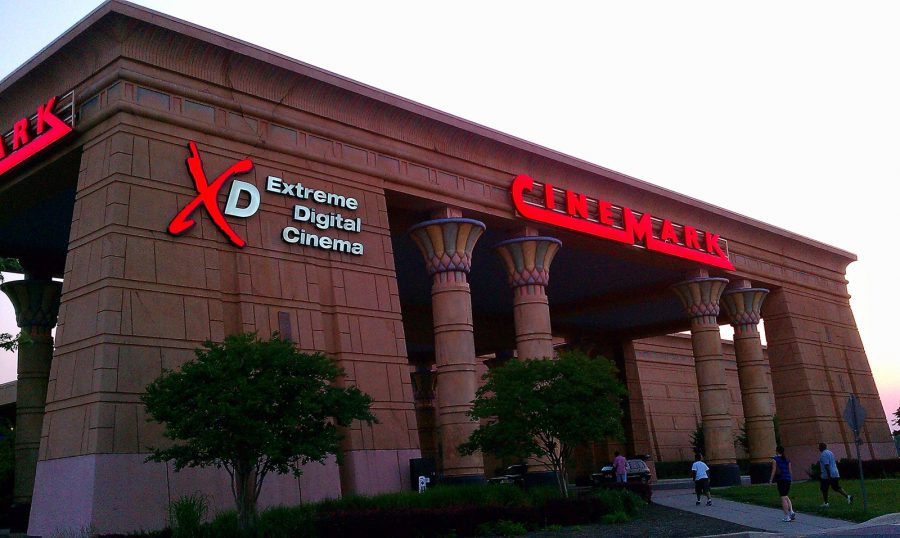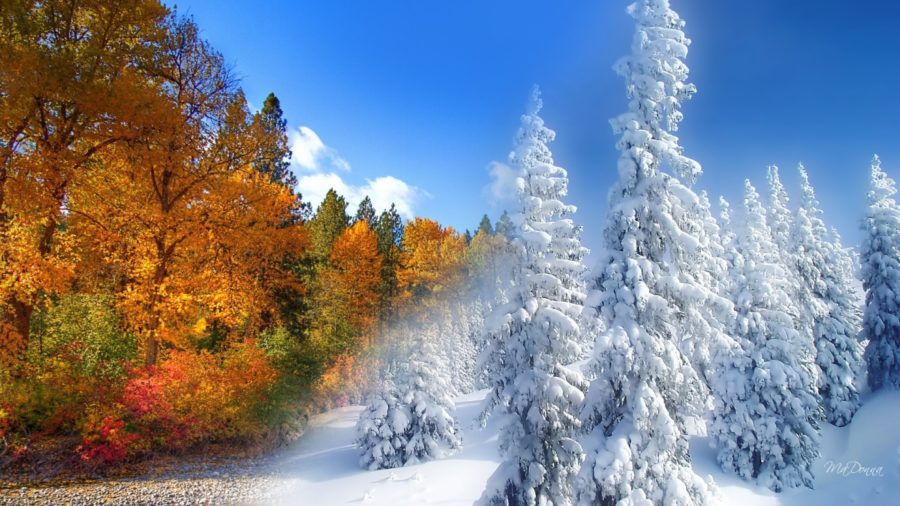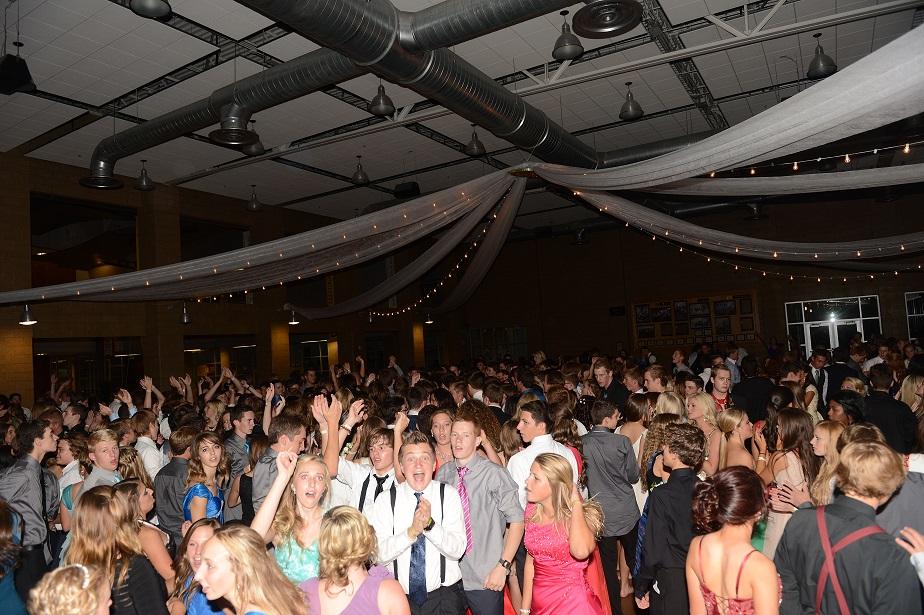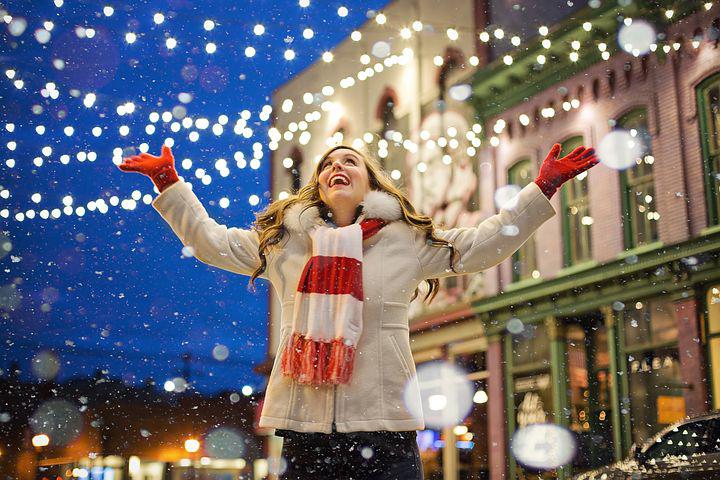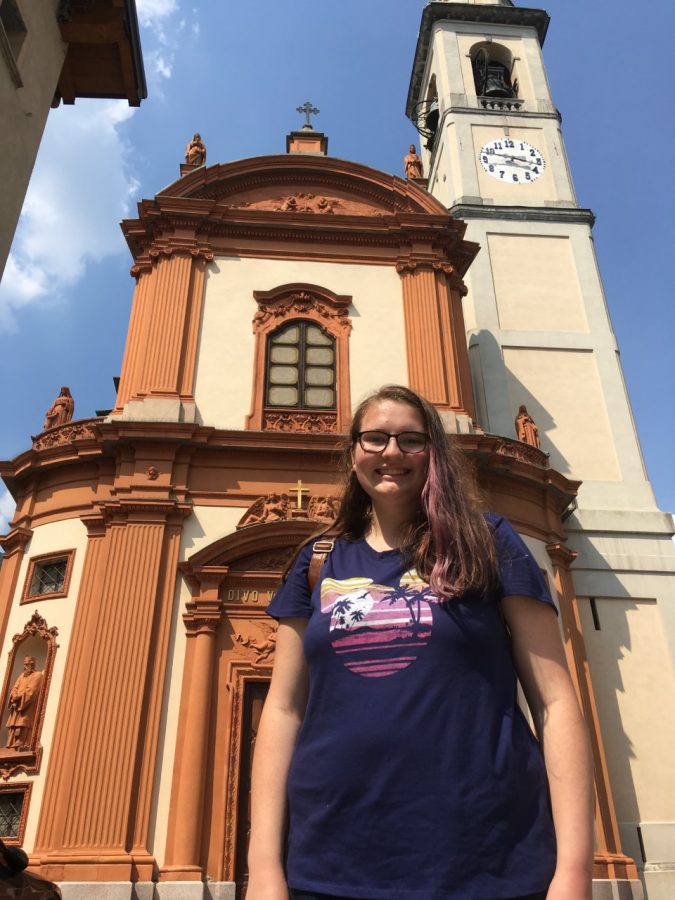What it’s like to experience “Culture Shock” in a European Country
Many people have heard about “Culture Shock”, but they don’t always know what it means or how it feels. Some people don’t even know what it is, so I’ll provide a short definition: “Culture Shock” is when you move or travel to a place outside of your hometown, state, or country and find yourself confused or struggling to adjust to the differences in that place’s every-day culture. Here is the story of my most major experience with Culture Shock.
In June of 2019, I spent nearly a month abroad for the first time, as I travelled across several cities in Northern Italy. It was interesting to see the first of many stark contrasts between Italy and the U.S. The first change I noticed was the transportation. Not many people use rental cars in Italy, so we travelled by bus and train very frequently. The size of roads and cars are also very small in comparison to what we’re used to. A two-lane road in Italy is the size of a one-lane road in America, and on average, the biggest car you see is a Mini Cooper, just to put things in perspective. Family size in Italy is also generally small, with four or less people, so our family of 5 didn’t fit into most cabs. Because of that, if we couldn’t travel by bus or train, we walked everywhere. Since trains and busses are typically only for long distances, we ended up walking up to 8 miles a day.
Other than travel, getting used to the city’s layout was a big change. The architecture is a mix of gothic and renaissance themes, with the buildings looking very ancient in comparison to ours. The buildings seem a lot smaller than ours since they don’t have many skyscrapers in Italy, and they’re usually barely taller than the average U.S. house. There is also much less traffic, and the drivers are usually better in Italy than in Utah, with only a few notable exceptions.
All cities also have what are known as “Spickets”. They are little pipes coming out of the ground with a faucet on top that you can turn, similar to a hose. Spickets provide cold, clean water for free to anyone who uses a it, so our family saved a lot of Euros by refilling our disposable bottles. However, they don’t put any ice in their drinks, as it is “too cold” for their teeth, so getting used to warm drinks was a major change for us.
The last thing that was a big shock for me was the change in religion. Due to the fact that it originated in Rome, Catholicism is the dominant religion across all of Italy. Almost everyone you meet is Catholic, and it’s not uncommon to see Nuns or Priests walking the street. Most families have a Catholic lineage going back hundreds or even thousands of years, and the thought of leaving the religion is considered Taboo. There is at least one major cathedral in each city, as well as several small churches, where members can go to worship Mary. One aspect of Catholic churches I found interesting is that you are allowed to walk into one and explore at any time, including pictures, unless there are signs saying otherwise. However, if you enter a church you must be quiet and respectful, as people frequently come there to pray or light candles to Mary and Jesus.
It was fun to explore these buildings and learn more about a different branch of Christianity that I didn’t know a lot about. Here in Utah, the major religion is The Church of Jesus Christ of Latter-Day Saints.
Now that I have experienced Culture Shock for myself, I found it to be a very fulfilling and worthwhile sensation for everyone to experience. You never know what you could learn from it! Even though it can be rough for many.
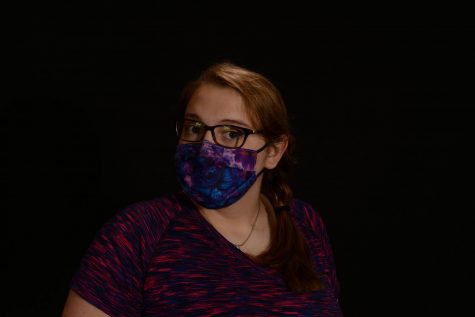
Since discovering her love of it at age 5, Lizzie has been developing her skills in all different forms of writing. Favorite classes in the past...









